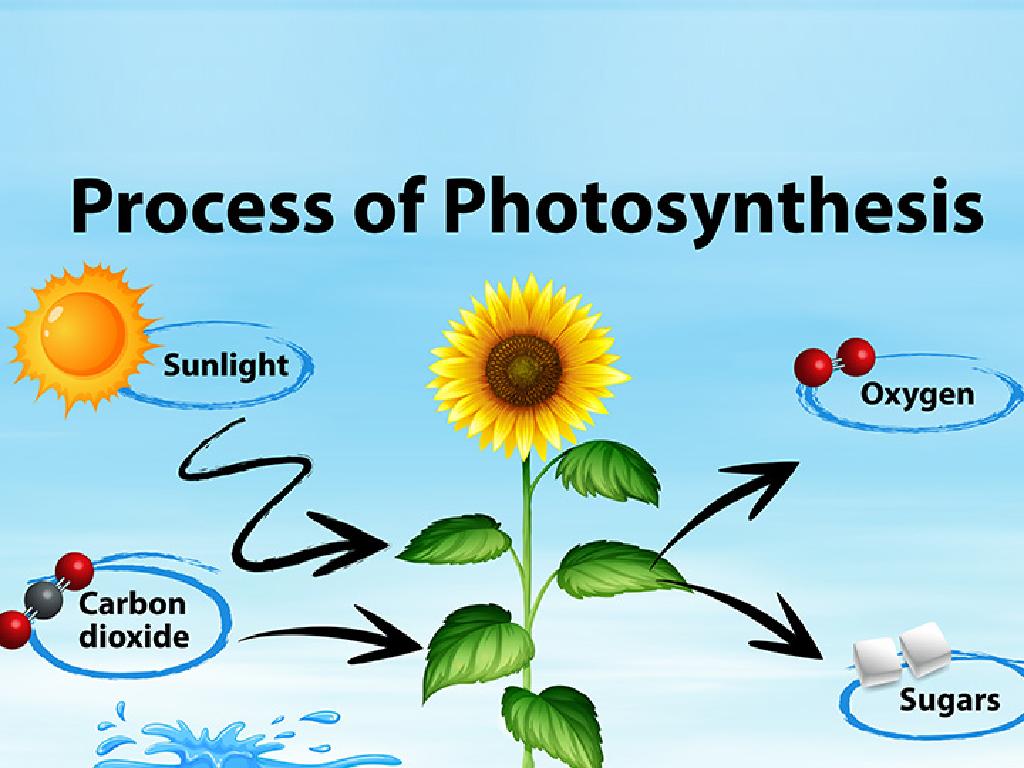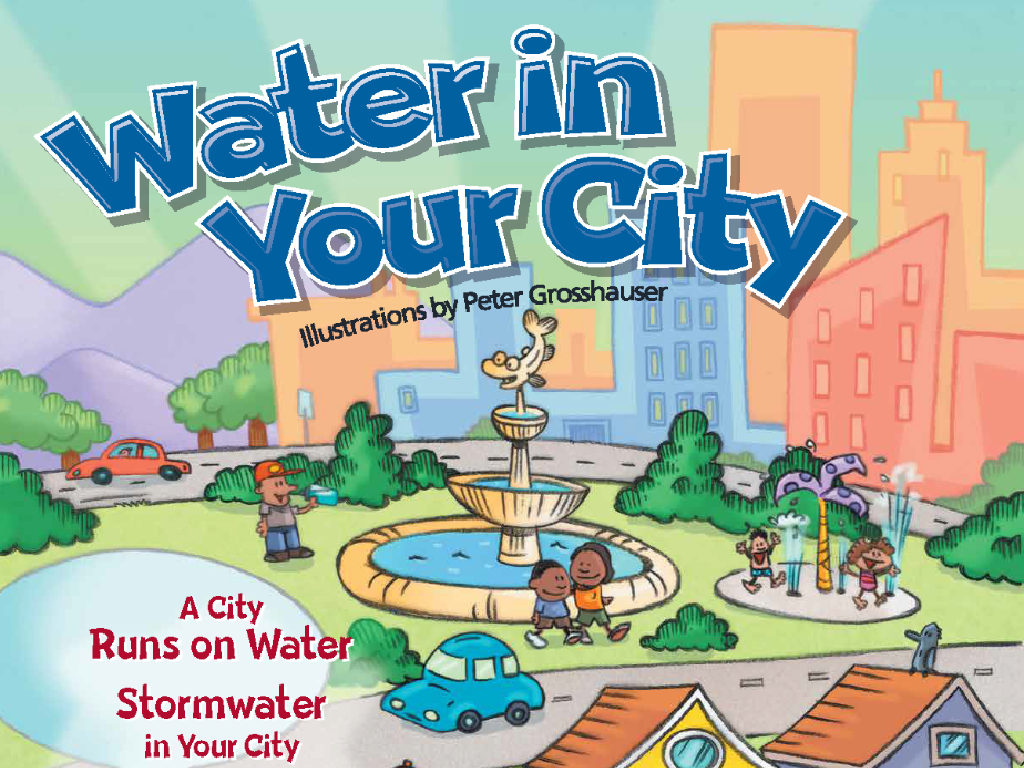Cities In The Gilded Age
Subject: Social studies
Grade: Eighth grade
Topic: The Gilded Age
Please LOG IN to download the presentation. Access is available to registered users only.
View More Content
Cities in the Gilded Age
– Explore the Gilded Age era
– A period of rapid economic growth and societal change.
– Focus: Urban transformation
– How cities expanded and changed character during the Gilded Age.
– Growth of cities in 1870s-1900
– Investigate the factors that led to the rise of urban areas.
– Learning: City evolution impact
– Understand how this growth affected society, economy, and culture.
|
This slide introduces students to the Gilded Age, a time of significant economic growth and transformation in the United States, particularly in urban centers. The lesson will focus on how cities grew and changed from the 1870s to 1900, including the factors that contributed to urban expansion, such as industrialization, immigration, and technological advancements. Students will learn about the impact of these changes on society, including both the positive aspects of growth and the challenges that cities faced, such as overcrowding and sanitation issues. The objective is for students to grasp the complexity of urban transformation during this period and its lasting effects on American life.
Urbanization During the Gilded Age
– Definition of urbanization
– Urbanization is the growth of cities as people move from rural areas for work and opportunities.
– Migration: rural to urban
– People left farms for jobs in city factories, changing the landscape of the population.
– Industrialization’s role
– Factories and businesses in cities needed workers, sparking a boom in urban growth.
– Impact of immigration and tech
– Immigrants seeking a new life and inventions like elevators and streetcars transformed cities.
|
This slide introduces the concept of urbanization during the Gilded Age, a period of rapid growth and change in American cities. Urbanization refers to the shift from a rural, agrarian society to an urban, industrial one. Highlight the factors that contributed to this shift, such as the lure of jobs in burgeoning industries, the influx of immigrants seeking better lives, and technological innovations that made urban living more feasible. Discuss how these elements combined to swell the population of cities, leading to both opportunities and challenges. Encourage students to think about how these changes might have affected individuals and families during this era.
Life in the City During the Gilded Age
– Stark contrast of wealth and poverty
– The Gilded Age cities displayed extreme wealth alongside dire poverty.
– Tenements: working class living conditions
– Overcrowded, unsanitary apartments where many workers lived.
– Emergence of slums and resident challenges
– Slums developed with poor living standards, crime, and health issues.
– Exploring the social divide
|
This slide aims to depict the harsh realities of urban life in the Gilded Age. Focus on the juxtaposition of the opulent lifestyles of the wealthy elite against the squalid living conditions of the working class. Highlight the tenements as typical dwellings for many workers, characterized by overcrowding and lack of sanitation. Discuss the formation of slums as a result of rapid urbanization and industrialization, leading to challenges such as crime, public health crises, and a lack of social services. Encourage students to reflect on the social implications of such a divide and consider how these historical conditions might compare to modern urban issues.
Innovations and Infrastructure in the Gilded Age
– Rise of skyscrapers and elevators
– Skyscrapers became possible with steel frames and safe elevators
– Development of public transit systems
– Trolleys, subways allowed easier movement across cities
– Upgrades to roads, bridges, sewage
– Better infrastructure supported growing populations
– Impact on city life and expansion
– Cities became more accessible, encouraging urban growth
|
This slide explores the technological advancements and improvements in infrastructure during the Gilded Age that transformed American cities. Discuss how innovations like the introduction of steel-framed skyscrapers and reliable elevators allowed buildings to soar to new heights. Explain how the development of public transit systems, such as trolleys and subways, made it easier for people to travel within the city, leading to greater urban sprawl. Highlight the importance of upgraded roads, bridges, and sewage systems in supporting the rapidly growing populations. Emphasize how these changes not only shaped the physical landscape of cities but also influenced the social and economic aspects of city life, contributing to the expansion and modernization of urban areas during this era.
Social and Cultural Changes in Gilded Age Cities
– Emergence of cultural institutions
– Museums, theaters, and libraries became city landmarks.
– Immigrants’ cultural influence
– Immigrants brought diverse traditions, enriching city culture.
– Social reform movements
– Movements aimed at improving conditions for the urban poor.
– Impact on urban life
|
This slide explores the dynamic social and cultural landscape of cities during the Gilded Age. Cultural institutions like museums, theaters, and libraries began to flourish, becoming central to urban life and reflecting the growing value placed on culture and education. The massive influx of immigrants during this period introduced new customs and traditions, significantly influencing the existing cultural fabric of cities. Social reform movements emerged in response to the challenges of urbanization, focusing on issues such as poverty, labor rights, and public health. These movements often led to significant changes in how cities were run and how urban populations lived. Discuss the lasting effects of these cultural shifts and how they shaped modern American society.
The Wealthy Elite of the Gilded Age
– Lavish lifestyles of the Gilded Age elite
– Extravagant parties, fashion, and art collections
– Mansion construction as wealth symbols
– Famous mansions like the Vanderbilt s Biltmore Estate
– Philanthropy of the affluent
– Carnegie’s libraries and Rockefeller’s donations
– Social influence of the wealthy
|
This slide explores the opulent lives of the wealthy elite during the Gilded Age, a time of rapid economic growth and stark social contrasts in the late 19th century. Students should understand how the rich displayed their wealth through extravagant lifestyles, including hosting grand parties and building palatial homes, which served as symbols of their status. The role of philanthropy is also crucial; many of the era’s richest individuals, such as Andrew Carnegie and John D. Rockefeller, established foundations and donated large sums to public works, which had lasting impacts on society. Discuss the complex legacy of these figures, considering both their contributions to society and the sources of their wealth.
Class Activity: Building a Gilded Age City
– Divide into small groups
– Design a Gilded Age city section
– Use materials to create a city block from the 1870s-1900s
– Include social classes and infrastructure
– Think about where rich/poor lived, and where factories and parks might be
– Present and explain your city design
|
This activity aims to engage students with the historical context of the Gilded Age by allowing them to design a city section reflective of that era. Provide a variety of materials such as cardboard, markers, and other craft supplies. Encourage them to research and discuss the distinct characteristics of cities during the Gilded Age, including the disparities between the wealthy elite and the working poor, the emergence of new infrastructure like trolleys and skyscrapers, and the cultural melting pot of urban centers. After the activity, each group will present their section of the city to the class, explaining the rationale behind their design choices. This will help students better understand the complexities of urban development during the Gilded Age.
Reflecting on the Gilded Age Cities
– Recap of Gilded Age cities
– Gilded Age legacies in modern cities
– Skyscrapers, public transit, and urban planning originated in this era.
– Learning from the Gilded Age
– Consider the impacts of industrialization and urbanization.
– Enhancing today’s urban life
– Apply historical lessons to solve current urban challenges.
|
As we conclude our study of the Cities in the Gilded Age, it’s important to reflect on the significant transformations during that time which shaped the modern urban landscape. Students should recognize the lasting legacies, such as the rise of skyscrapers and the development of public transit systems. Encourage them to think critically about the social and economic impacts of the Gilded Age and how those lessons can inform current urban development to create more equitable and sustainable cities. This reflection will help students understand the relevance of historical study to contemporary issues.






